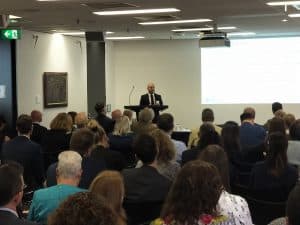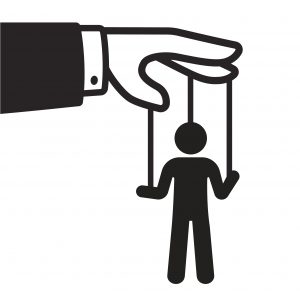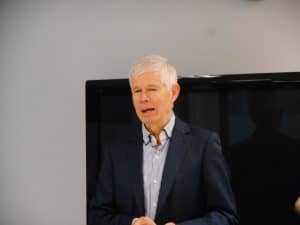 A lot of statistics were presented at a workers’ compensation research seminar in Melbourne on 1 March 2018. Monash University’s Insurance Work and Health Group provided a useful perspective on return-to-work matters with several points relevant to occupational health and safety (OHS).
A lot of statistics were presented at a workers’ compensation research seminar in Melbourne on 1 March 2018. Monash University’s Insurance Work and Health Group provided a useful perspective on return-to-work matters with several points relevant to occupational health and safety (OHS).
Both Professor

 Victoria is the latest Australian State to introduce laws into Parliament that establish a licencing scheme for
Victoria is the latest Australian State to introduce laws into Parliament that establish a licencing scheme for 
 Recently
Recently